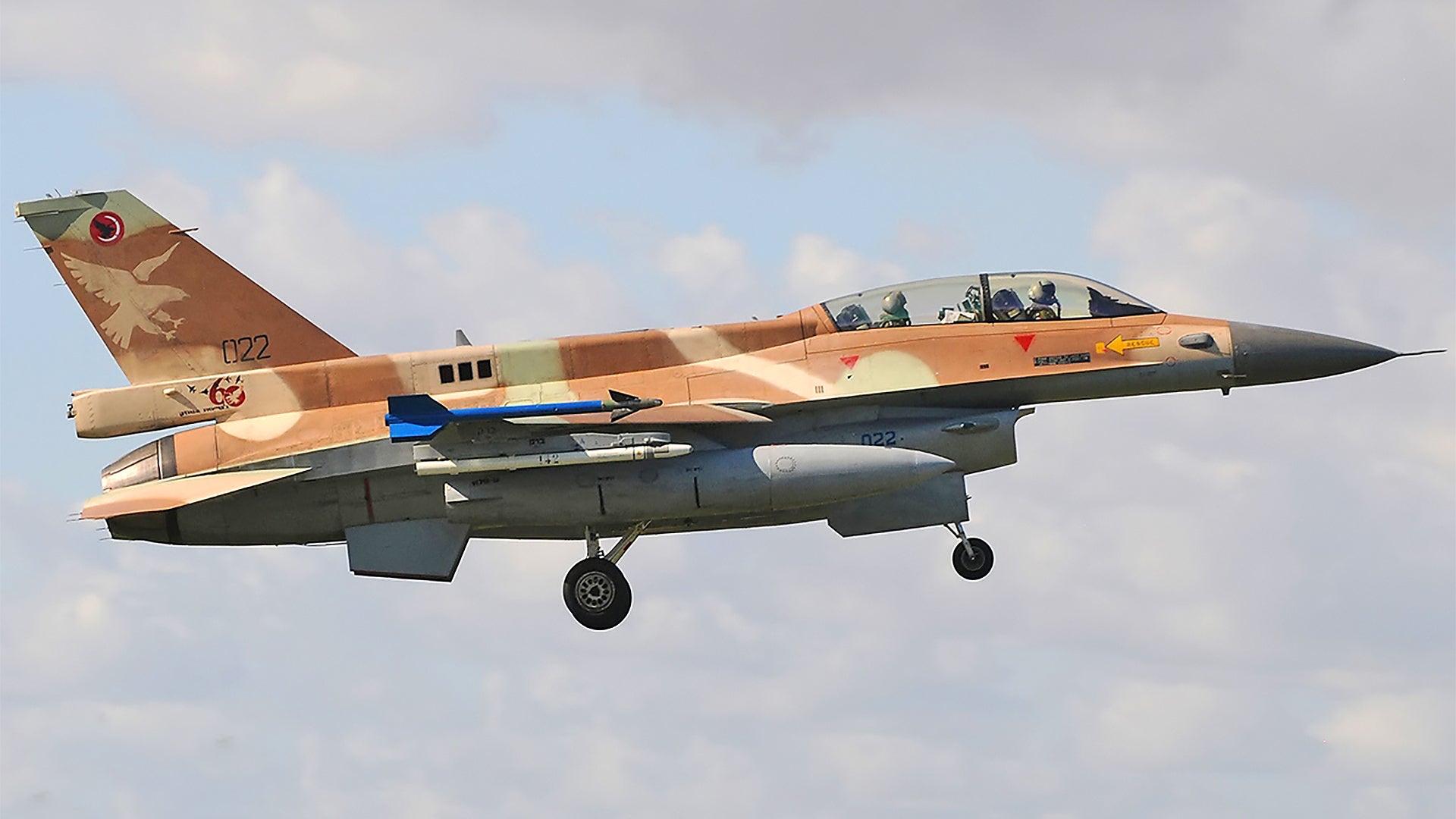Croatia has picked its supplier for fighters to replace its geriatric and largely unreliable MiG-21 fleet. Israel, which offered options to provide surplus F-16A/Bs as well as younger F-16C/Ds, has been awarded a $500M contract to furnish a dozen D model F-16s to the Croatian Air Force.
The competition for the country’s small fighter tender was significant. Three countries offered used F-16s, including the United States, Greece, and Israel. Sweden offered-up the JAS-39C Gripen. In the end Israel won out not with its retired F-16A/Bs ‘Netz’ fighters but with two-seat F-16D ‘Barak’ models, the oldest of which are now 30 years old.
Croatia’s defense council said the following on Tuesday according to the Times of Israel:
“The defense council… has accepted that Israel made the best offer and gave a recommendation to the government to decide on acquiring.”
Israel’s F-16Ds are fully missionized and are capable of the same combat abilities as their single seat stablemates, although the D model carries a bit less fuel internally and has slightly different handling characteristics around the outer edges of its flight envelope.
The IAF has roughly 125 Baraks in service, making it still the backbone of the service’s air combat force. Around 48 of those aircraft are two seat D models.

Israel has put its F-16C/D fleet through a relatively recent upgrade program that included enhancements to its missions systems, cockpit displays, HUD, and structure. Electronic warfare upgrades were also likely part of this series of modifications and further upgrades, including those needed to make the aircraft fully NATO compatible, are probably included in the package deal with Croatia.
Israel’s offering to Croatia morphed significantly over the last 36 months. Originally F-16A/B models were going to be offered, and then a so called mixed fleet that included F-16C/D models was also being considered. Now it seems Croatia selected strictly D models. It’s worth noting that two seat fighter variants are especially prized by the Israeli Air Force.
Related Video: The Navy’s legendary hotrod F-16N Viper:
According to Defense News, under the contract the first F-16Ds are slated to arrive in Croatia in 2020. It’s not clear what else the package includes, but it’s safe to assume some training and sustainment services are also part of the deal.
Israel is in the process of remodeling its aerial fighting force. It has 50 F-35Is on order, the first of which were delivered over a year ago and have since been declared operational. At the same time, the force looks to sustain its legacy F-15A/B/C/D ‘Baz’ fleet of roughly 60 aircraft well into the future. This initiative includes painstakingly converting the oldest F-15Ds built—acquired as surplus from U.S. stocks—to the same unique standard as those in service. Upgrades to the F-15I fleet of just 25 aircraft are also ongoing. But the brunt of the country’s advanced air combat capability still lies in its cadre of 96 F-16Is.

The next major fighter acquisition for the IDF could come in the form of new F-15 Strike Eagle derivatives or more F-35s. Most indicators point to a high interest in obtaining the latest configuration of F-15 in the near term and then purchasing more F-35s in the years to come as the F-16C/D fleet is slowly retired.
With this in mind, the deal with Croatia seems like a win-win. On one hand Croatia gets highly capable twin-seat F-16s that can be sustained and upgraded by a foreign state other than the United States. At the same time Israel gets to unload some of its older fighters and gets lucrative contracts to support them in the future. The $500M can then be spent on other priorities, including new airframes. Weapon sales, like Python IV air-to-air missiles and Spice guided bombs, are also probably in the works.

One question that remains is what paint job will these Croatian ‘Baraks’ wear? Desert camouflage won’t do and if their MiG-21s are an indicator, a light gray with checkered tail, or even a green camouflage motif could be in the F-16’s future.
